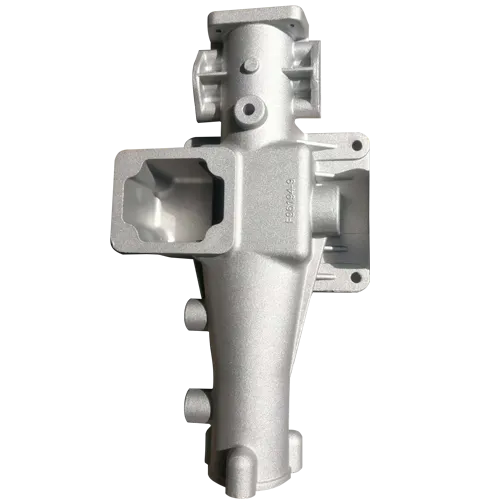Mobile:+86-311-808-126-83
Email:info@ydcastings.com
slurry pump casing
Understanding Slurry Pump Casings An Essential Component in Pump Performance
Slurry pumps are critical in various industries, particularly those involved in mining, mineral processing, and wastewater management. These pumps are specifically designed to transport mixtures of liquid and solid materials, known as slurries. The effectiveness and efficiency of a slurry pump largely depend on its casing, an often-overlooked yet vital component. This article delves into the significance of slurry pump casings and the factors influencing their design and selection.
The primary function of a slurry pump casing is to house the impeller and direct the flow of the slurry as it moves through the pump. The design of the casing significantly impacts the pump's performance, including its efficiency, durability, and ability to handle abrasive materials. Typically, slurry pump casings are made from robust materials such as high-chromium alloy, rubber, or polyurethane. These materials are chosen for their resistance to wear and corrosion, which is crucial when dealing with abrasive slurries that contain particles like sand, gravel, or minerals.
One of the essential design elements of a slurry pump casing is its geometry. The casing should be designed to optimize the flow path of the slurry, minimizing turbulence and energy losses. An optimal design can enhance the pump's efficiency and prolong its lifespan. The shape of the casing also affects the ease of maintenance. Some designs incorporate a split casing, allowing for easier access to the impeller and other internal components without needing to dismantle the entire pump.
slurry pump casing

Another critical aspect of slurry pump casings is their susceptibility to wear. As slurries often contain hard particles, the internal surfaces of the casing experience significant erosion over time. The rate of wear can be influenced by factors such as the size and shape of the particles, the speed of the slurry, and even the concentration of solids in the liquid. To combat wear, many manufacturers offer replaceable liners or casings that can be swapped out once they become worn, thus prolonging the pump's operational life and reducing downtime.
When selecting a slurry pump casing, several factors must be considered, including the specific application, the properties of the slurry being pumped, and the operational conditions. For example, high-temperature or corrosive environments may require casings made from specialized materials that can withstand harsh conditions. Additionally, the expected flow rate and the solid content of the slurry will also dictate the appropriate casing design and material.
In conclusion, the casing of a slurry pump plays a pivotal role in determining its performance and longevity. With the right design, materials, and maintenance strategies, operators can ensure optimal pump performance, even in the most challenging environments. Understanding the importance of the slurry pump casing allows industries to make informed decisions that enhance efficiency, reduce costs, and ensure the safe transport of slurries. As technology continues to advance, future developments in casing materials and designs promise to further improve the reliability and effectiveness of slurry pumps in various applications.
-
Understanding Metal Casting TechniquesNewsApr.02,2025
-
Understanding Exhaust Manifolds for Enhanced Engine PerformanceNewsApr.02,2025
-
The World of Metal FabricationNewsApr.02,2025
-
Key Components for Pump and Turbo EfficiencyNewsApr.02,2025
-
Essential Tools for Automotive Maintenance and RepairNewsApr.02,2025
-
Durable Valve Components for Effective Water ManagementNewsApr.02,2025











